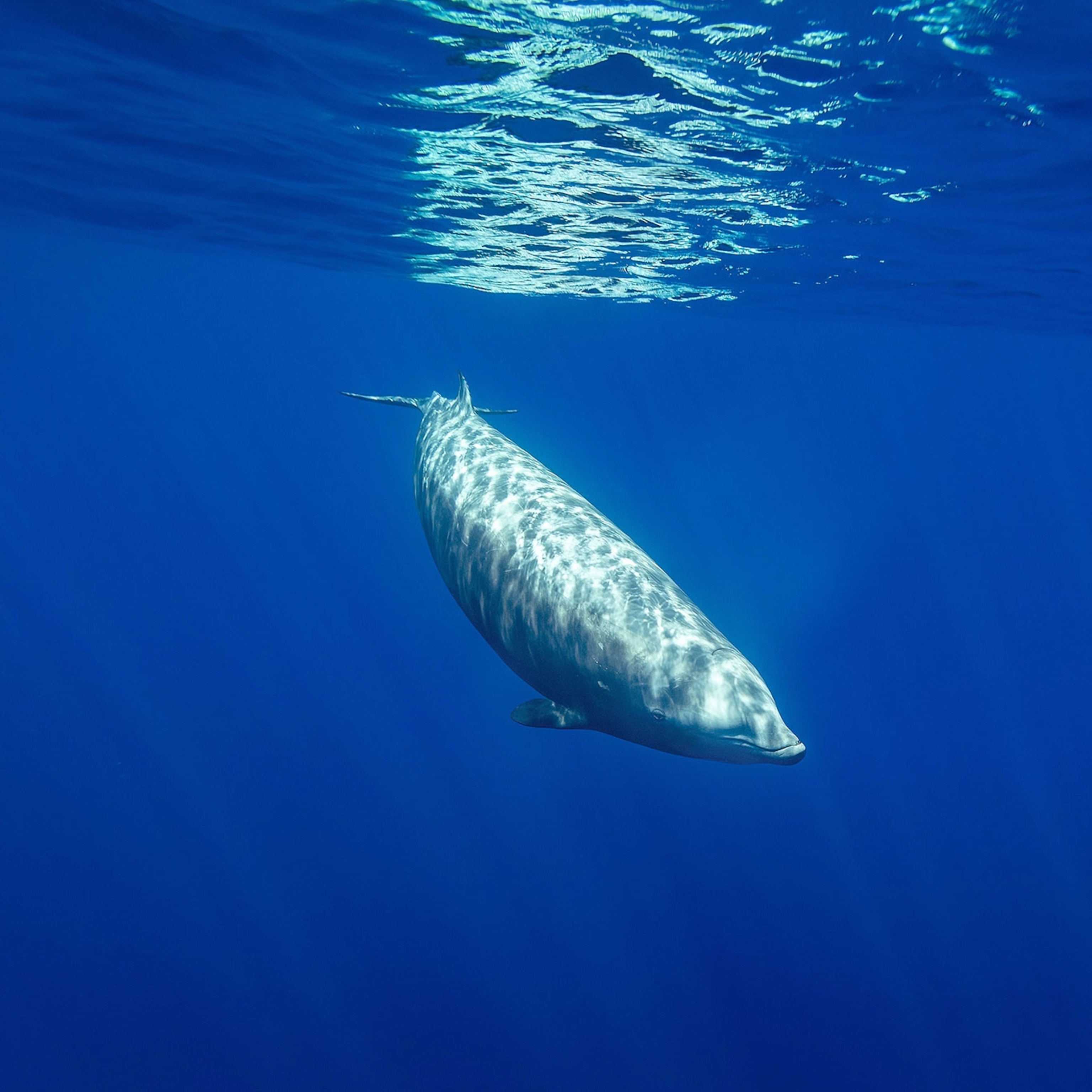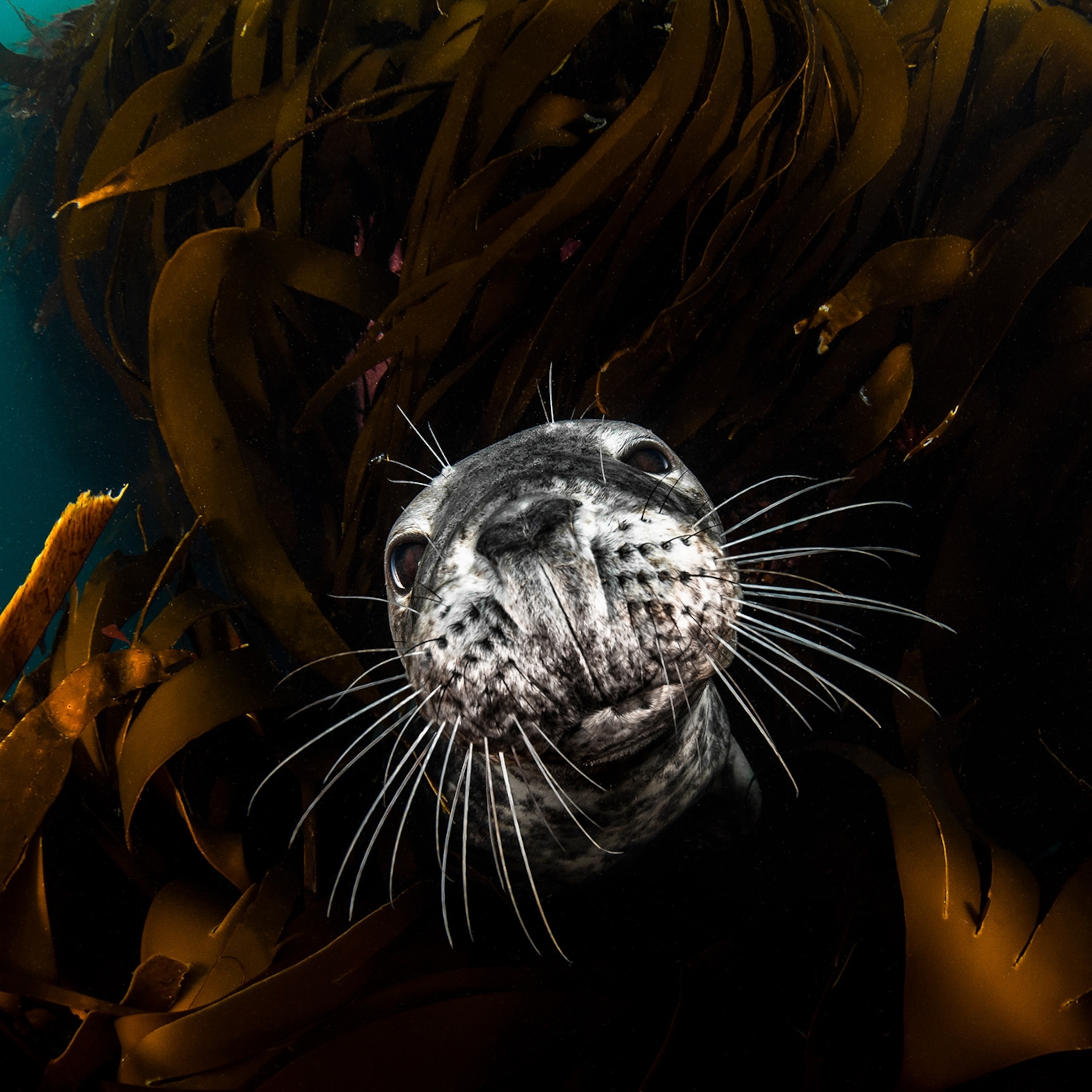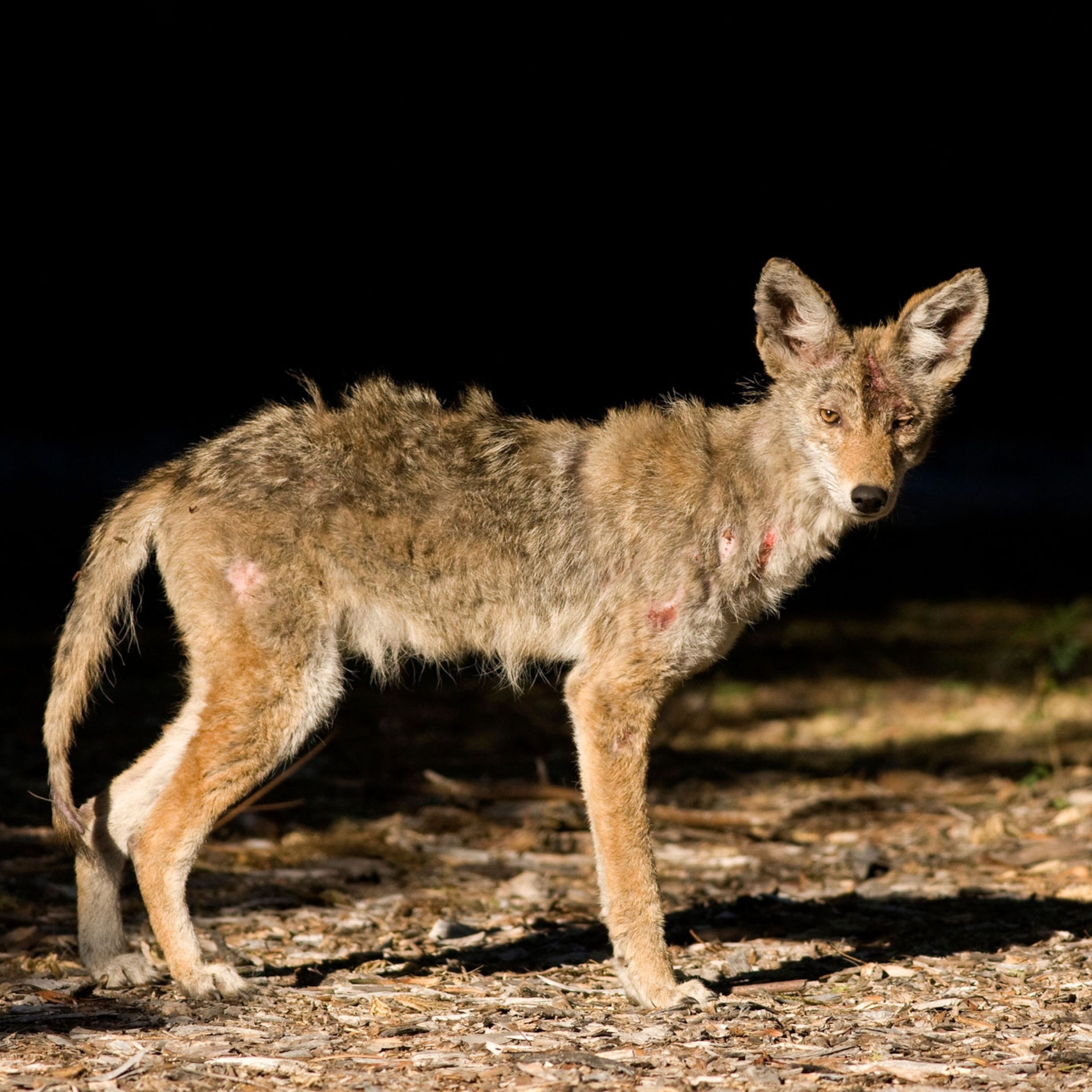
Amelia Earhart Spit Samples to Help Lick Mystery?
DNA to be mined from envelope seals to help identify aviator's remains.
Amelia Earhart's dried spit could help solve the longstanding mystery of the aviator's 1937 disappearance, according to scientists who plan to harvest her DNA from envelopes.
Using Earhart's genes, a new project aims to create a genetic profile that could be used to test recent claims that her bones have been discovered.
Right now, "anyone can go and find a turtle shell and be like 'I found Amelia Earhart's remains,'" said Justin Long of Burnaby, Canada, whose family is partially funding the DNA project. The Internet-marketing executive is the grandson of 1970s aviator Elgen Long, who with his wife wrote the 1999 book Amelia Earhart: The Mystery Solved.
"We asked, How can we take wild claims like this and bring legitimacy back into the Amelia Earhart mystery?" Long said. "And so we started looking at everything at our disposal."
According to Long, Earhart's letters are the only items that are both verifiably hers and that might contain her DNA.
Some of Earhart's clothing still exists, Long said, "but when we did the research, it turned out the clothes had actually been dry-cleaned, and you can't expect dry-cleaned clothes to still have DNA."
Hair would also be a good place to look for DNA, but no hair samples from Earhart are known. The International Woman's Air and Space Museum in Cleveland was once thought to have a lock of Earhart's hair, but a 2009 study revealed that the sample was actually thread.
(See pictures of historic aviation artifacts now housed at the U.S. National Air and Space Museum)
Getting It on Paper
In July 1937 Earhart and her navigator, Fred Noonan, vanished over the central Pacific Ocean while attempting to fly around the world following the Equator.
Earhart had already made history five years earlier, when she had become the first woman to fly solo across the Atlantic. (Read Amelia Earhart's speech upon receiving a National Geographic Society Medal in 1932.)
The remains of Earhart, Noonan, and their twin-engine plane were never recovered. But in 2009, researchers with the International Group for Historic Aircraft Recovery found a bone fragment on the South Pacific island of Nikumaroro (map), which they believed might have been from one of Earhart's fingers.
(Take an aviation-history quiz.)
It should theoretically be possible, but no team has yet claimed to have extracted DNA from purported Earhart remains. Some scientists have even suggested the Nikumaroro bone fragment isn't human at all but may instead belong to a sea turtle whose remains were found nearby.
The new Earhart DNA project will be headed by Dongya Yang, a genetic archaeologist at Simon Fraser University in Burnaby, Canada.
Yang will examine Earhart's letters and attempt to extract DNA from mouth-lining cells that would have been in the saliva she used to seal the envelopes.
Mining a trove of more than 400 correspondences between Earhart and various people, the researchers have chosen four letters to family—deemed the most likely to have been written and sealed by Earhart herself—for analysis.
Earhart "did have her own secretary, so it's most likely that anything that was business related was done by the secretary," project funder Long said. "But if she's just at home writing a personal letter, there's much less reason for the secretary to be involved."
(Related: "Where Is Amelia Earhart? Three Theories.")
How Did Amelia Earhart Lick?
Fortunately for the team, people in Earhart's time typically opened letters from the side, using a letter opener, so the original seals haven't been broken.
To get at the DNA-containing saliva, Yang, the geneticist, will first carefully steam the seals open.
Yang is aiming to gather two kinds of DNA from the letters: mitochondrial DNA, which children inherit from their mothers only, and nuclear DNA, which contains the bulk of a person's genetic information and is housed in each human cell's nucleus (quick genetics overview).
If both DNA types can be obtained, the team says it can create a genetic profile of Earhart that is complete enough to positively identify any potential remains.
The DNA-harvesting technique is thought to be nondestructive, but just in case, Yang is perfecting his procedure on test envelopes first.
"When we have the best technique available, that's when we'll move on to the real letters," Yang said.
Yang thinks it's very likely his team will find cells on the envelope seals, but how many cells are present will depend in part on how Earhart sealed her letters.
"A strong licking or a light licking may leave more or less cells with the seal," Yang said.
"Quite a Bit of DNA" Needed
Geneticist Brenna Henn said she knows of no other case where DNA has been harvested from decades old letter. But she said Yang's methodology "sounds reasonable."
The team will need "quite a bit of DNA" to succeed, though.
Mitochondrial DNA could be relatively easy to harvest from the envelopes, because multiple copies of mitochondrial DNA exist in each cell. But nuclear DNA will be much more challenging, since each cell has only one copy, said Henn, of Stanford University.
"You need more than just one copy of the cell in order for the [nuclear DNA] amplification to work," said Henn, who's not involved in the Earhart project.
Also, if the team obtains only short fragments of Earhart's nuclear DNA, the genes may not be useful for identification purposes, she added.
"The problem is the majority"—about 99 percent—"of the nuclear genome is identical among all humans," she said. "If they could obtain little fragments, they have almost no power to discriminate between Earhart's DNA and that of other living people."
To ensure that the DNA from the letters indeed belonged to Earhart, the team will compare it to DNA from Earhart's still-living relatives and also DNA extracted from another letter, written by Earhart's sister and addressed to Elgen Long.
If the project proceeds smoothly, Yang said, the team could have a genetic profile for Earhart in "a couple months."








